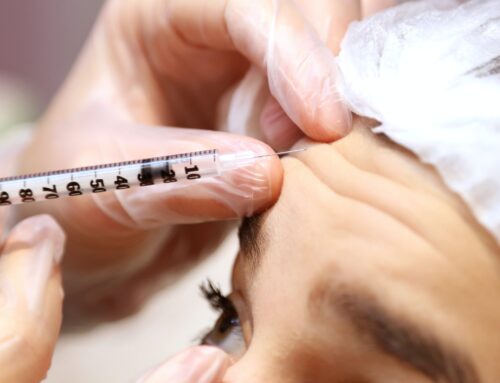The amount of treatments available at a facial aesthetics clinic has increased by leaps and bounds, with nearly every type of concern being treatable with an intervention such as fillers or plastic surgery.
One of the most important non-surgical interventions is botulinum toxin, more commonly known as Botox, which had a fascinating history as a medical treatment.
It was first used as a treatment in 1977 as a treatment for strabismus, a form of eye muscle disorder where eyes point in different directions that can also cause lazy eye or blurred vision.
In this context, Botox was used as a highly effective way to paralyse eye muscles and train the eyes to look in the same direction. The FDA would eventually approve Botox for this purpose in 1989.
Before this, however, Richard Clark MD, a Sacramento-based plastic surgeon, was asked in 1987 to help with a particularly troublesome facial disfigurement. Whilst few realised it at the time, this case would go on to change cosmetic history forever.
In 1987, Dr Clark was tasked with helping a woman who had suffered a botched facelift procedure, meaning that the left side of her face was paralysed but the right side was highly expressive and wrinkled to compensate.
Dr Clark wanted to try and test whether Botox would be effective for paralysing the remaining forehead muscles and making both sides look the same.
The case worked, and he published his findings in 1989 in the journal Plastic and Reconstructive Surgery, eventually receiving the credit from the journal for the first aesthetic use of Botox outside of a necessary procedure such as for treating strabismus.
This influential study would eventually spread, allowing people who did not want a full facelift surgery to receive a safe, non-invasive treatment that has been refined and developed in the decades since.







Leave A Comment